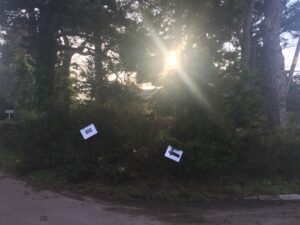
At the end of February I spent a long weekend in Aberdeenshire, investigating one of the largest, and most significant, hunter-gatherer sites in Scotland. Of course, I was not working alone, there was a big team of us including Continue reading Fun in the Test Pit

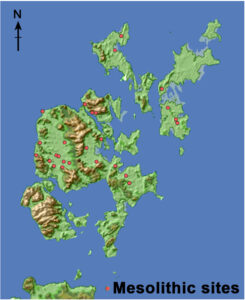
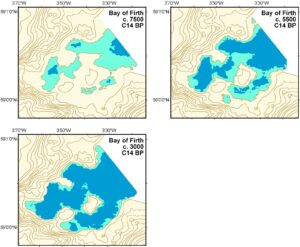
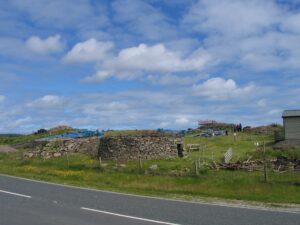
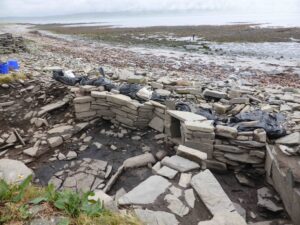
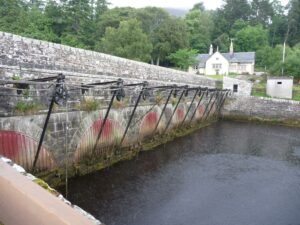
You must be logged in to post a comment.